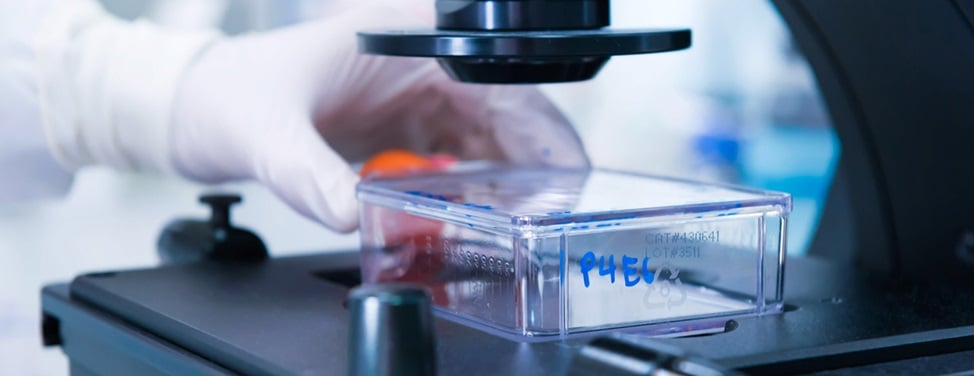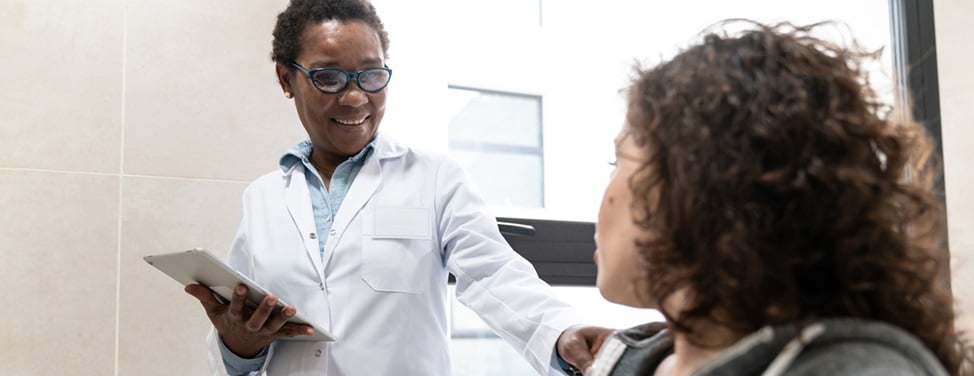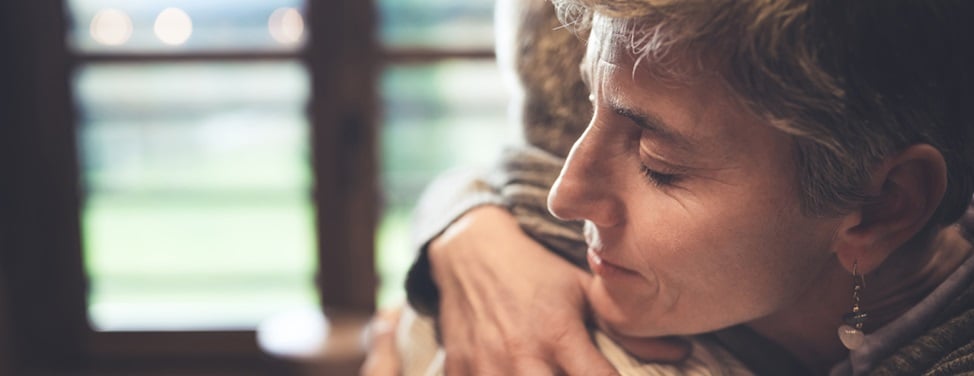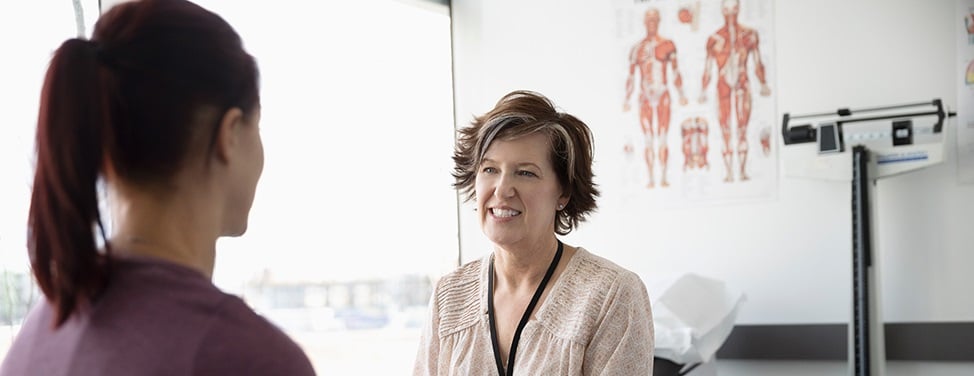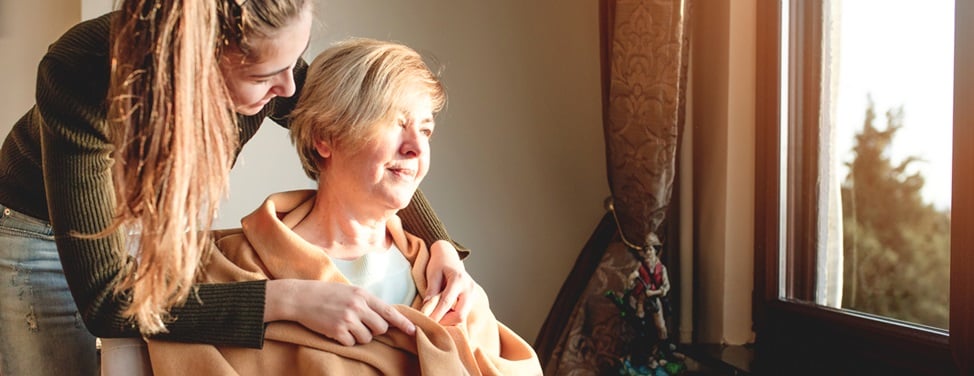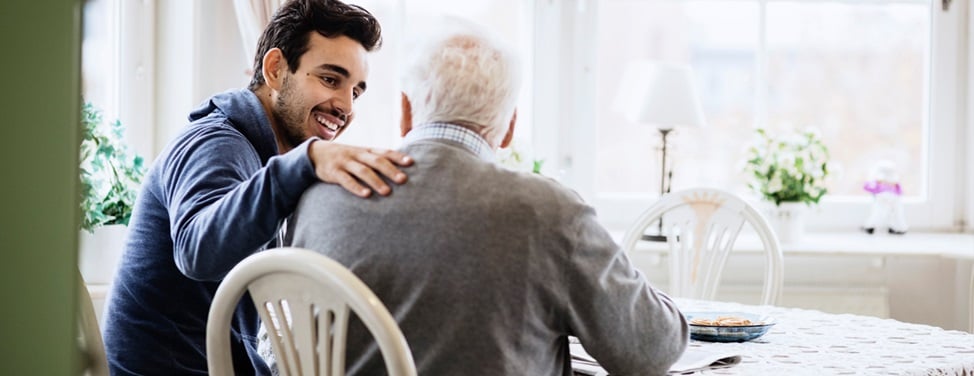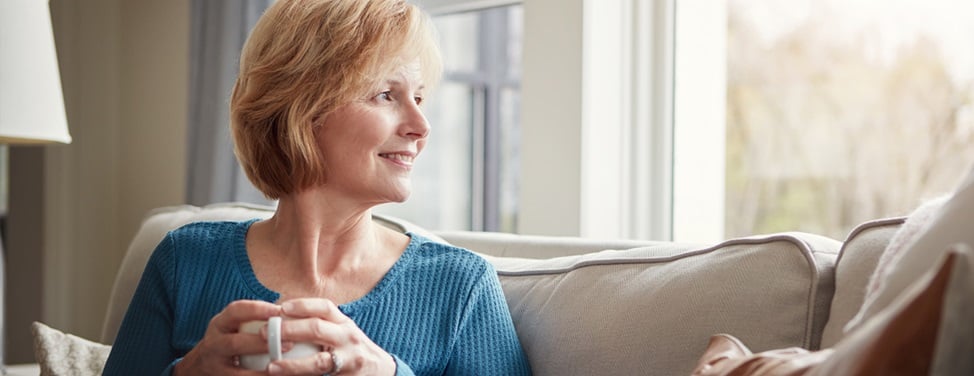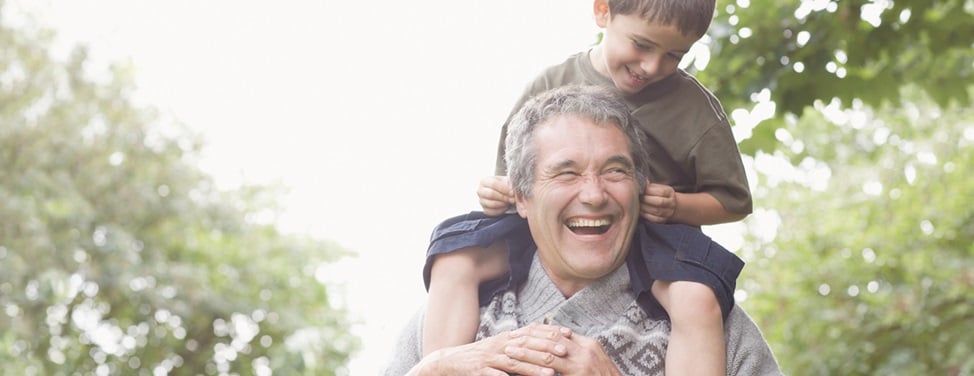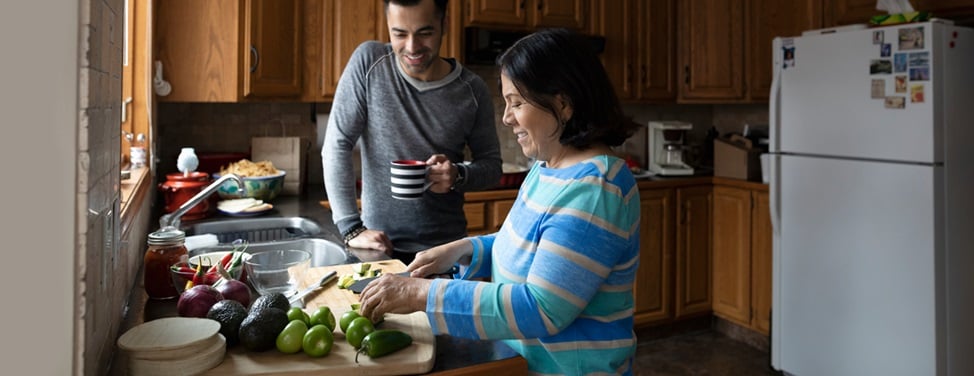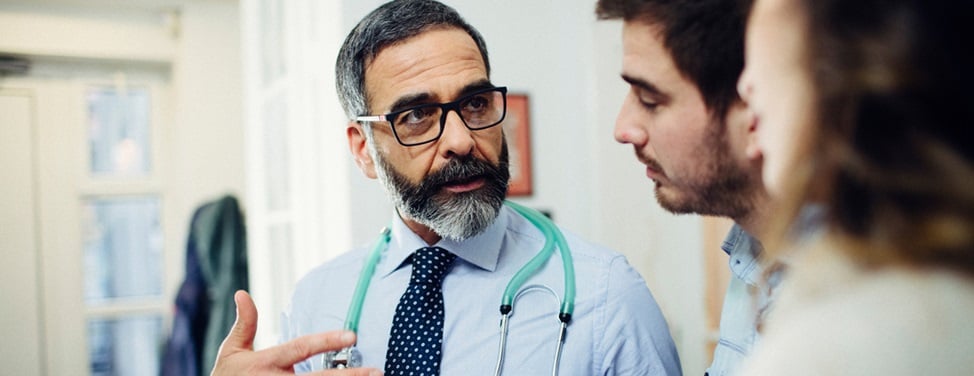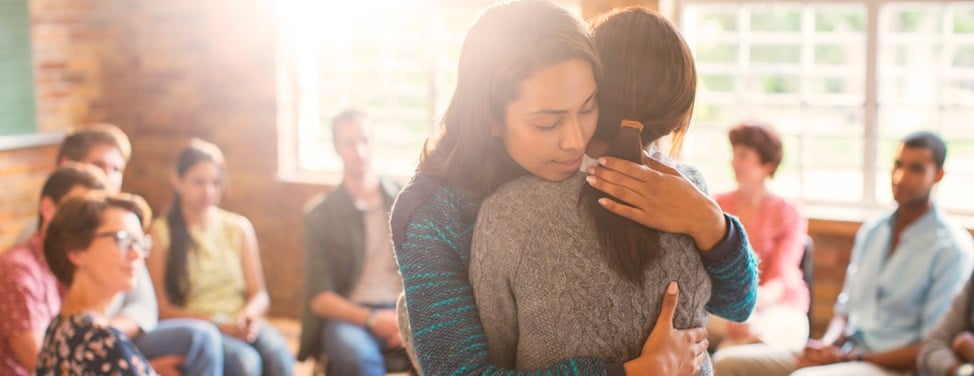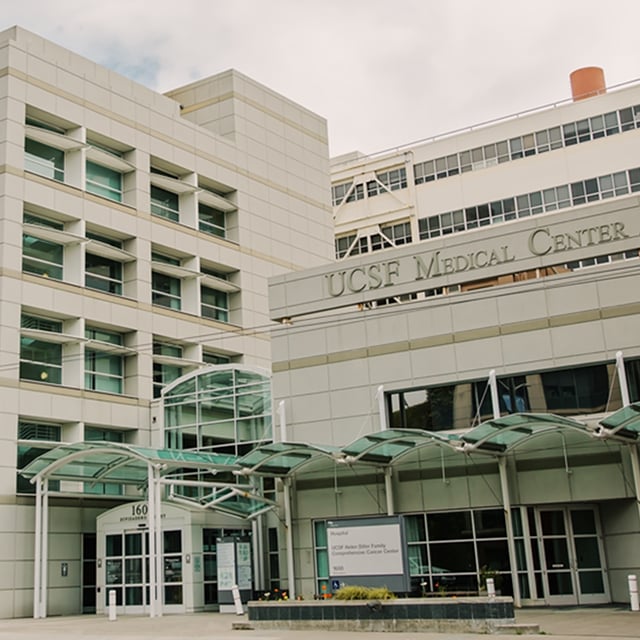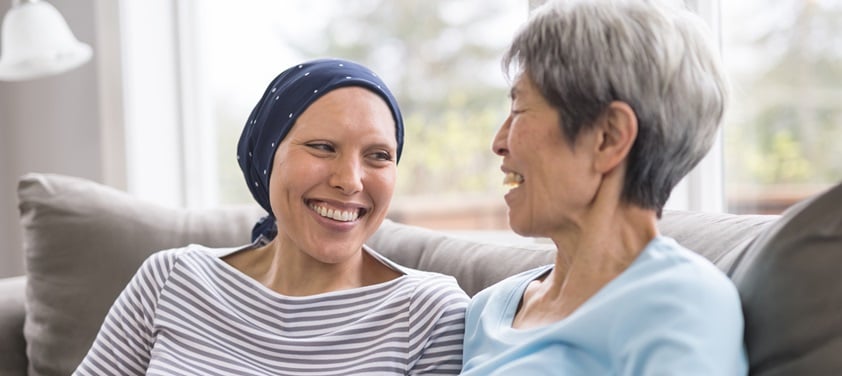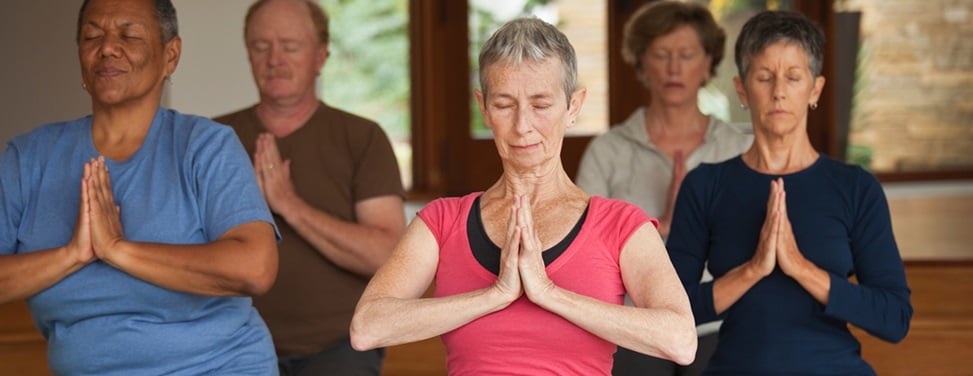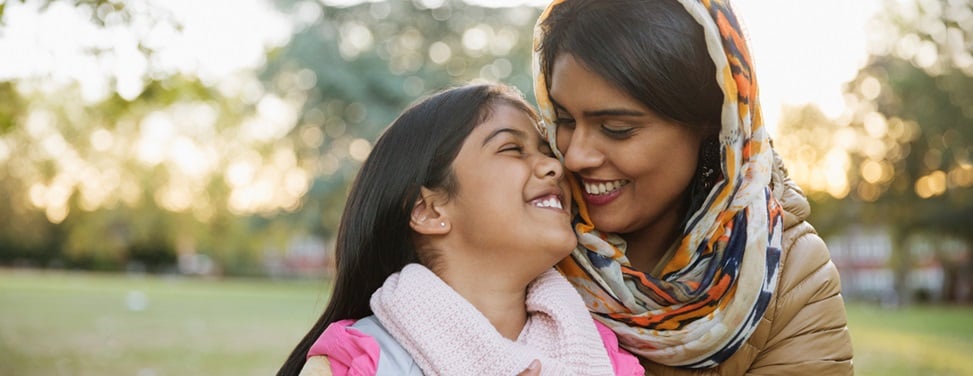Sarcoma

Overview
Sarcoma is a cancer that begins in a bone or soft tissue in various regions of the body. Soft tissue sarcoma forms in tissues – such as fat, muscle, blood vessels, tendons and nerves – that connect and surround body parts. More than 70 sarcomas have been identified, and treatment options depend on the cancer's type, location and other factors.
Risk factors for sarcoma include exposure to certain chemicals or viruses, radiation therapy for other cancers, and chronic swelling of the lymphatic system, known as lymphedema. Some inherited syndromes, including Li-Fraumeni syndrome, neurofibromatosis type 1 and familial retinoblastoma, also increase the risk of sarcoma.
Our approach to sarcoma
We offer cutting-edge care for patients with sarcoma through the UCSF Helen Diller Family Comprehensive Cancer Center, which is part of an international alliance of leading cancer centers called the National Comprehensive Cancer Network. Our team of highly experienced thoracic surgeons and oncologists is recognized both nationally and internationally for the advanced, state-of-the-art treatments we provide for sarcomas in both children and adults. Offering advanced options, such as targeted therapy and immunotherapy, we customize treatments to the individual needs of each patient, looking at the sarcoma's type, stage and location as well as the patient's medical history.
Awards & recognition
-
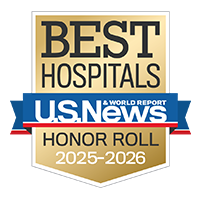
Among the top hospitals in the nation
-
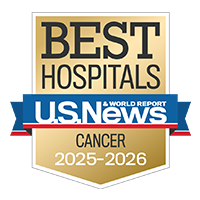
Best in California and No. 7 in the nation for cancer care
-
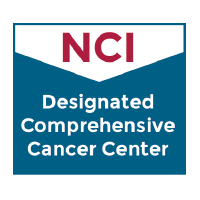
Designated comprehensive cancer center
Signs & symptoms
During early stages, patients with sarcoma usually don't notice any symptoms. When symptoms do occur, they may include:
- A lump on the body that may or may not be painful
- Bone pain or a bone that breaks unexpectedly
- Abdominal pain
- Vomiting
- Loss of appetite
- Weight loss
- Blood in the stool
Diagnosis
The first step is to see your doctor for a physical exam, which will explore the origin of symptoms, possible risk factors and family medical history. Next, your doctor may order a series of tests, including:
- Biopsy. If one of your symptoms is a lump under the skin, your doctor will likely perform a biopsy to collect a tissue sample, which can then be examined in the lab.
- X-ray. Useful for detecting bone sarcomas, X-rays use a small amount of radiation to visualize structures inside the body.
- Bone scan. To produce a bone scan, a radioactive tracer that can be detected by a camera is injected into the bloodstream. This study can collect more detailed information about bone diseases, including sarcoma.
- CT scan. To take images, a thin X-ray beam rotates around the chest area; then a computer program processes the data to construct a three-dimensional, cross-sectional image.
- PET scan. This highly sensitive technique uses a radioactive tracer to collect images of body tissues.
- MRI scan. A powerful magnet linked to a computer is used to create detailed images of various regions of the body.
Staging
If the diagnosis is sarcoma, your doctor will want to determine the stage or extent of the disease. Staging is a careful process to learn whether the cancer has spread and, if so, to which parts of the body. Knowing the stage helps doctors plan treatments. Descriptions of the four stages of sarcoma are listed below:
- Stage I. The cancer is low-grade (not considered aggressive) and has not spread outside the bone or tissue where it was found.
- Stage II. The cancer is medium- or high-grade (more aggressive than stage I) and has not spread outside the bone or tissue where it was found.
- Stage III. The cancer is high-grade and has begun spreading to lymph nodes or other parts of the bone or tissue of origin.
- Stage IV. The cancer has spread to other parts of the body, such as the lungs or lymph nodes. This may be low-, medium- or high-grade cancer.
Treatments
Sarcoma treatment depends on the cancer's location, type, stage and other factors. Typically, your doctor will recommend some combination of surgery, chemotherapy, radiation therapy, targeted therapy and immunotherapy.
- Surgery. For soft tissue sarcomas, surgery is the most common treatment and may be all that's needed in early stages. For bone sarcomas, surgery typically involves removing the tumor and a margin of healthy surrounding tissue, then using prostheses or bone from elsewhere in the patient's body to reconstruct the area.
- Radiation therapy. Also called radiotherapy, this treatment uses high-energy X-rays to kill cancer cells. Radiation therapy is restricted to a limited area and affects the cancer cells only in that area. It may be used before surgery to shrink a tumor or after surgery to destroy any remaining cancer cells in the treated area.
- Chemotherapy. This is the use of anticancer drugs to stop cancer growth, either by killing the cancer cells or preventing them from dividing. This approach is typically used for sarcomas that have spread beyond the bone or tissue of origin. Chemotherapy drugs may be delivered orally (as pills) or directly into the circulation (through an IV injection or catheter).
- Targeted therapy. Drugs or other substances are used to pinpoint and attack specific types of cancer cells (for instance, the therapy may block molecules that stimulate tumor growth). Your doctor may run tests to determine the genetic or molecular makeup of the tumor – information that can guide treatment choices. Targeted therapies tend to cause less damage to healthy cells than does chemotherapy or radiation.
- Immunotherapy. This treatment leverages the patient's own immune system to treat sarcoma. Substances are used to mobilize the body's natural defenses to kill cancer cells or prevent them from spreading.
UCSF Health medical specialists have reviewed this information. It is for educational purposes only and is not intended to replace the advice of your doctor or other health care provider. We encourage you to discuss any questions or concerns you may have with your provider.
Recommended reading
Where to get care (3)
Related clinics (5)
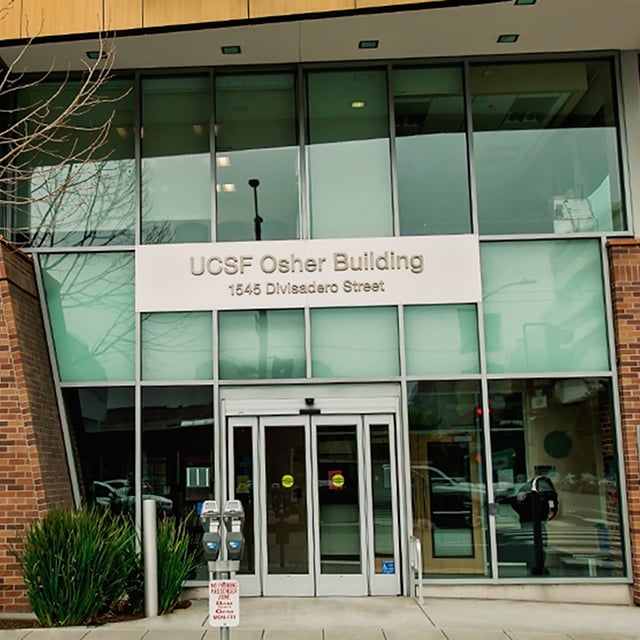
Osher Center for Integrative Health
 2
2






